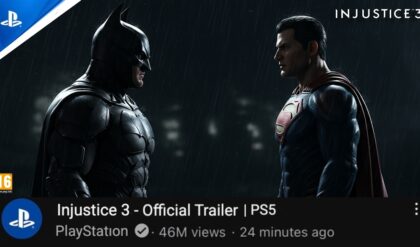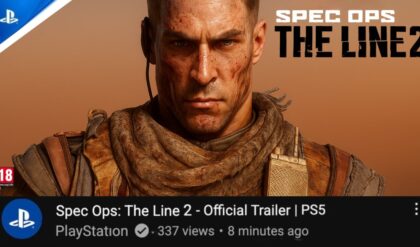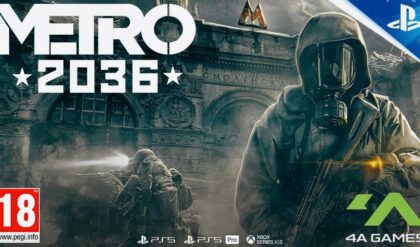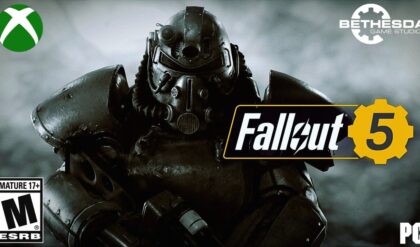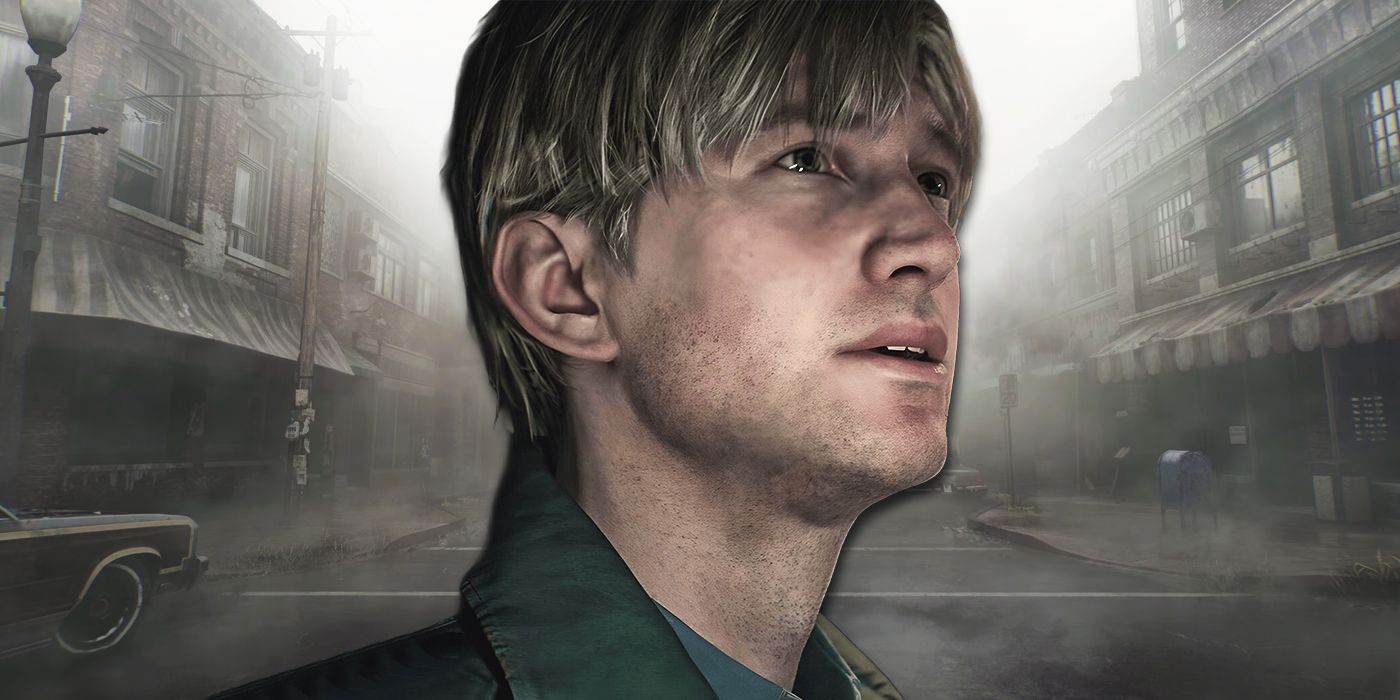
In this era of constant remakes, remasters, and re-imaginings, it’s easy to just play the latest of a classic game and call it a day. However, as shown with Silent Hill 2, these can often be vastly different games, with changes in small details recontextualizing the entire work. They may start and end in the same place, with a lot of locations and events remaining the same, but Silent Hill 2 and Silent Hill 2 are fundamentally different games.
James Himself Feels Very Different Between Games
A More Grounded Performance
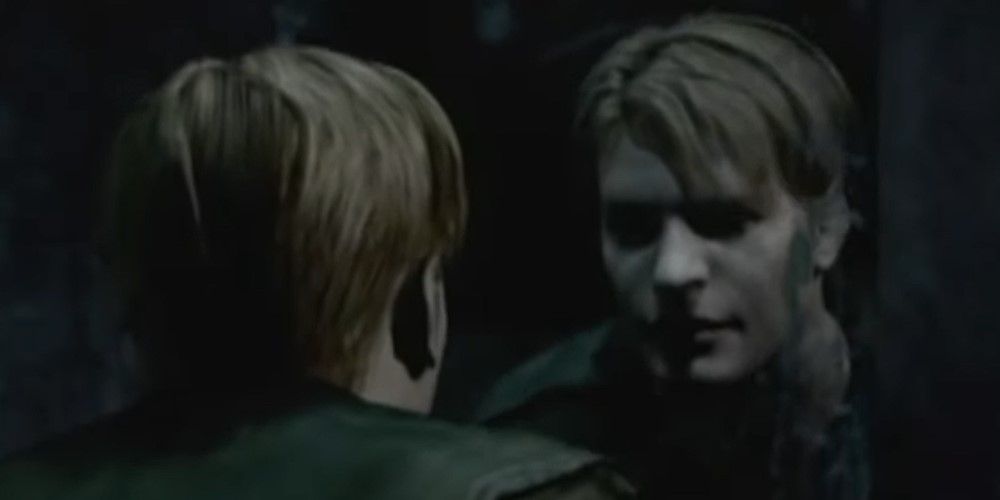
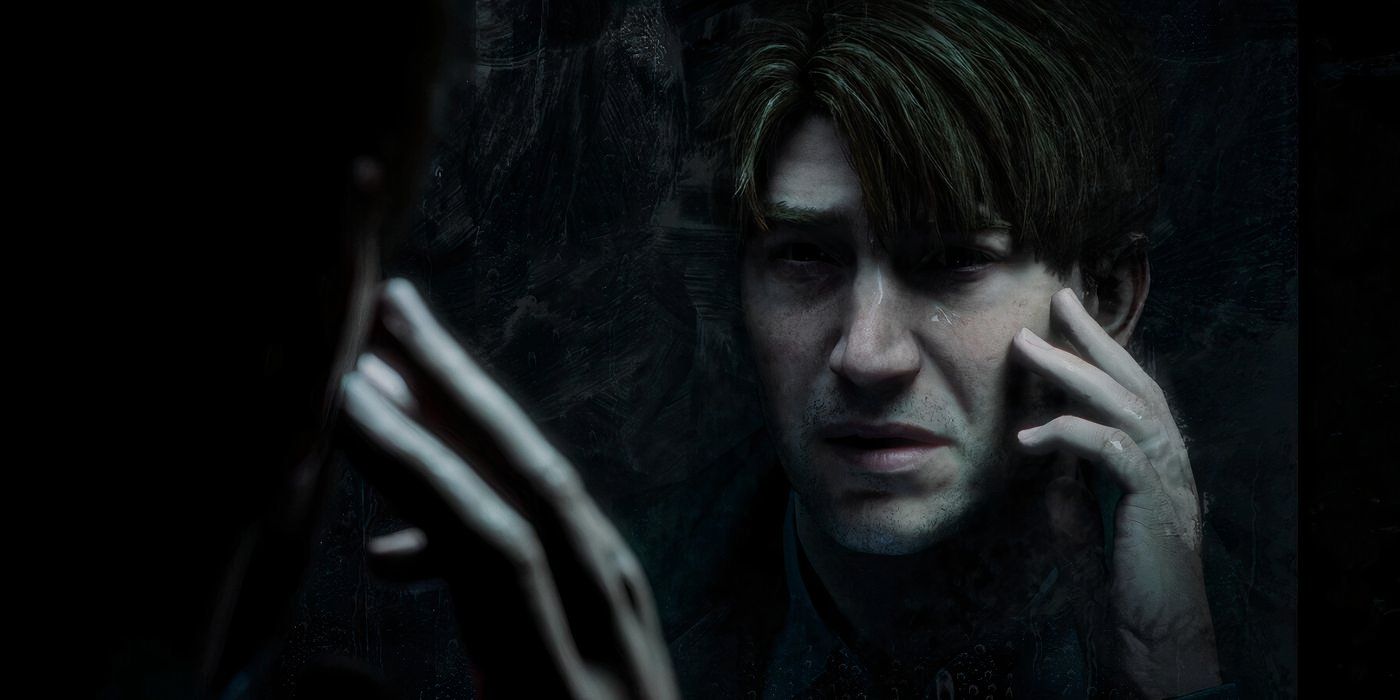
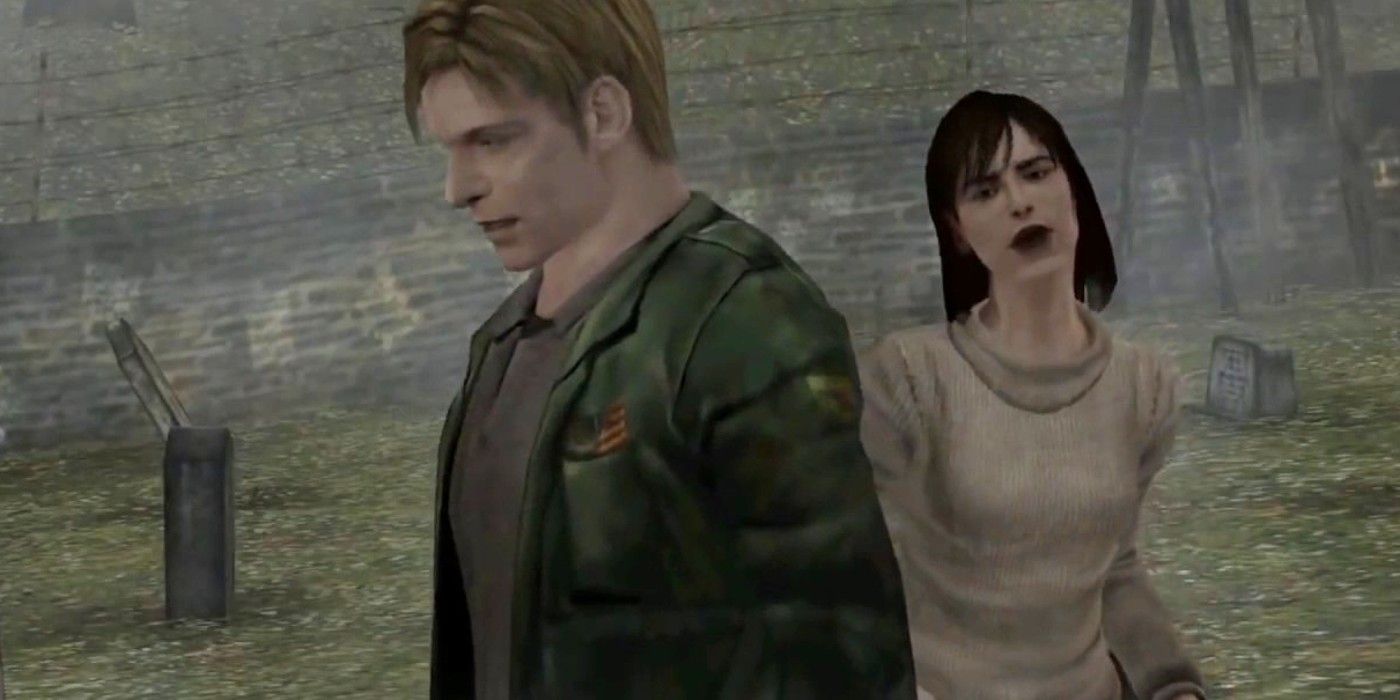
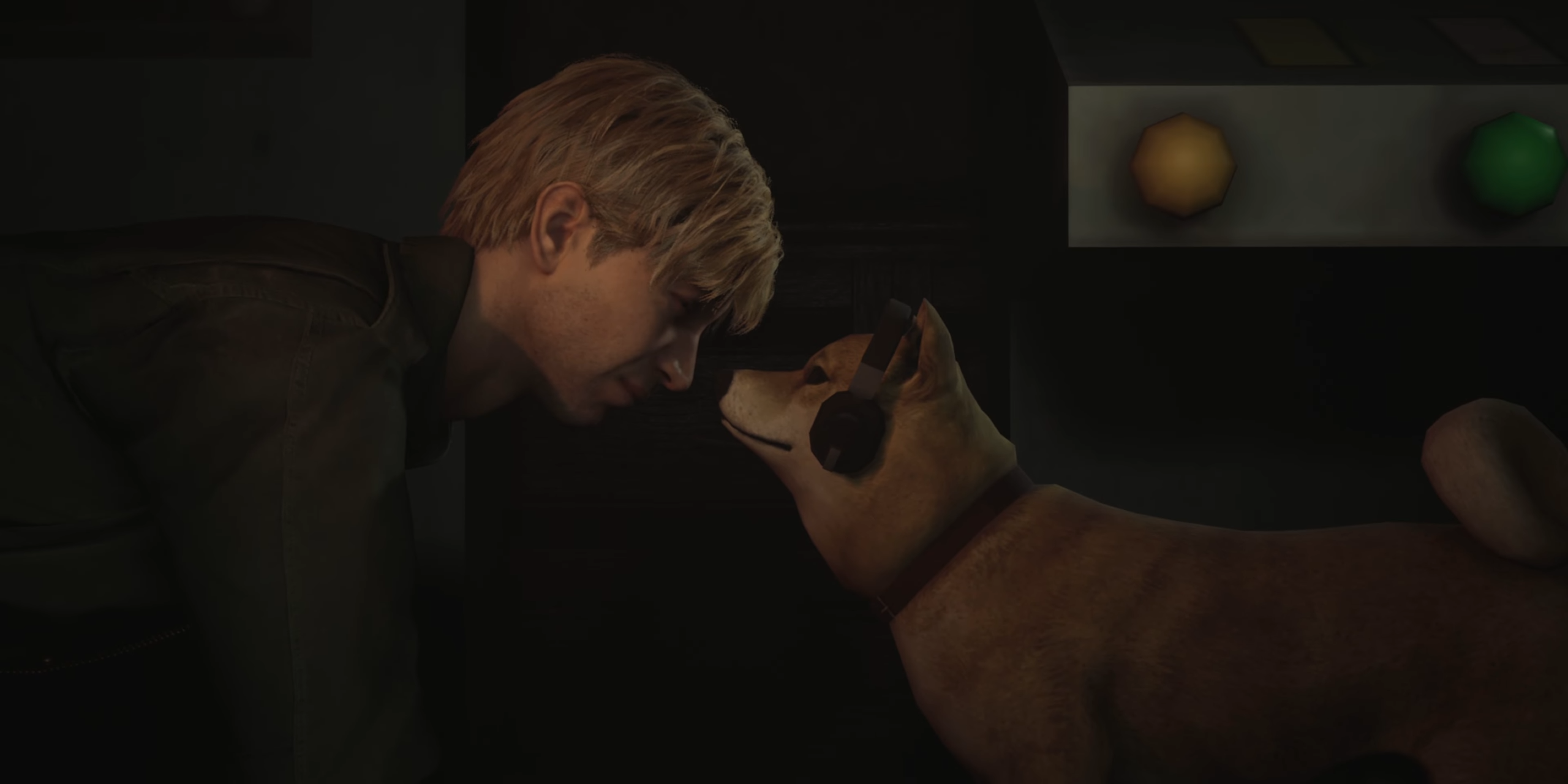




The differences in James’ character can be seen from the iconic opening scene. Original James has a fairly blank look on his face as he stares at himself in the mirror. It makes the player see him more as strange than anything, which works with the uncanny feeling the PS2 title has. His voice acting, too, is stiffer and more stilted, giving him and everyone else in the game an alien feeling. Like there’s something wrong with these people the player just can’t put their finger on.
These changes continue throughout the game. Original James is cold and distant, not showing much care for other people trapped in this nightmare with him. He can be kind deep down, such as when offering to take the knife from Angela, but this version of James is very much stuck in his own grief. Remake James has these same qualities but also knows when to put his own feelings aside to care for someone who needs him.
These are almost two completely different characters in practice. That difference is part of what makes the Silent Hill 2 remake so good, but it’s also a big reason why players of the remake should play the original and vice versa. Silent Hill 2 is a very complex, multi-faceted game with as many different interpretations as there are people who play the game. Both versions can and should exist alongside each other as their own works of art.
Why Remakes Make Such Big Changes
Making Games is a Creative Process, Even With a Blueprint

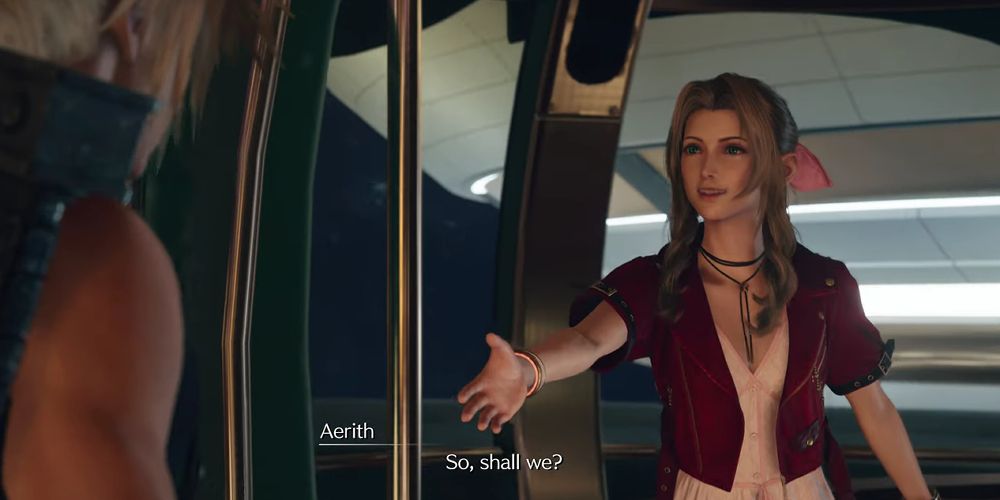
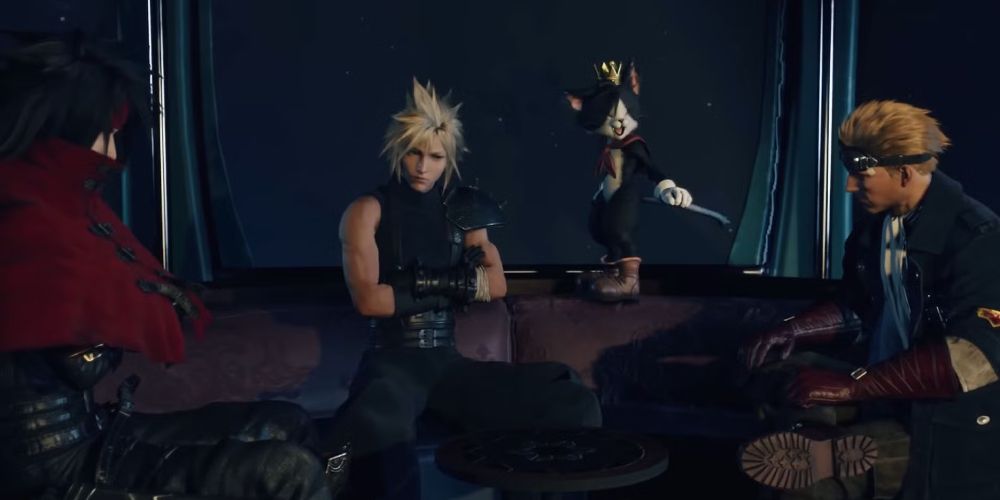
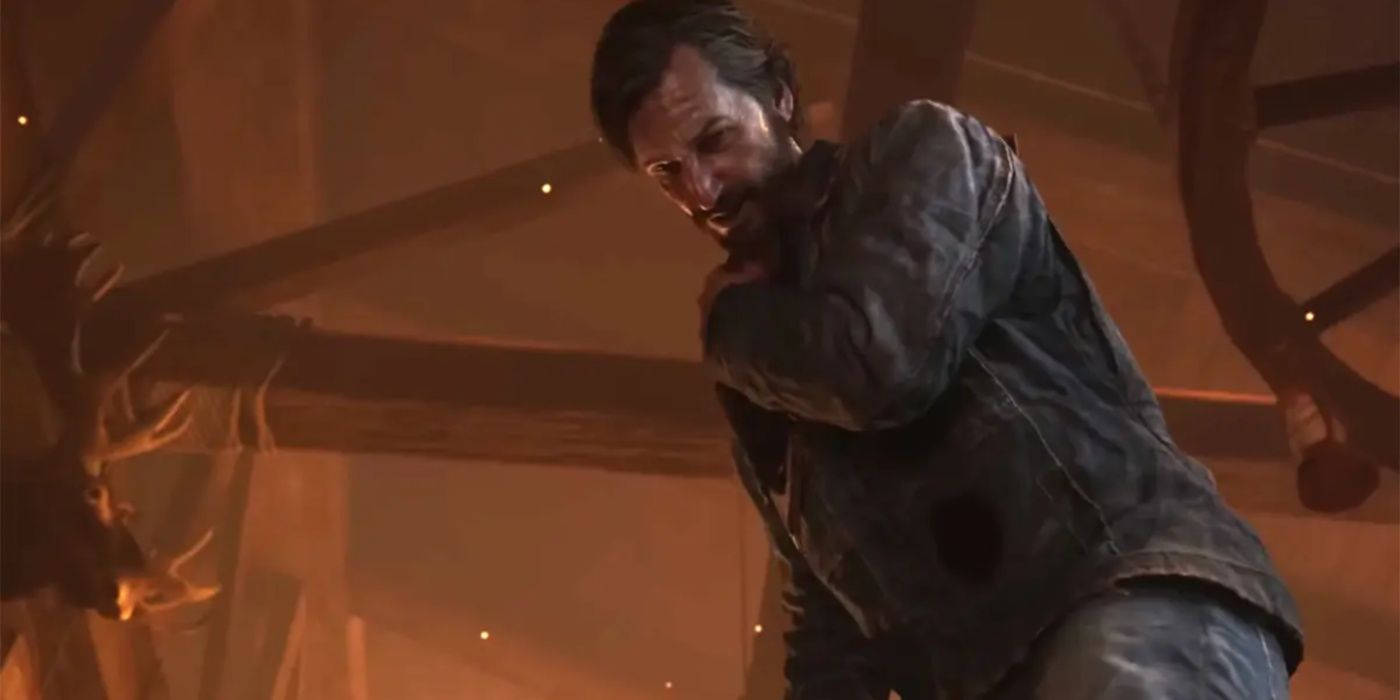




However, most developers won’t want to make the same game twice or recreate someone else’s work. It’s just not very fulfilling. Regardless, if a remake is too different from the original, fans will get mad. If a remake is too similar to the original, fans will still get mad, so developers may as well make what they want and put their own stamp on a game. This can present a problem, though, if the original game isn’t readily available.
Many Silent Hill 2 fans would recommend newcomers play both the original and the remake, but that’s very difficult when they can’t purchase the original game anywhere officially. The HD Remaster is still available digitally on Xbox, and while that should still be preserved, it’s far and away the worst version of Silent Hill 2. With films, it’s usually easy to get access to the original, the remake, and the remaster, but games have done an incredibly poor job of preservation.
The Difficulties of Preservation
It’s Much Harder Than Film or Literature
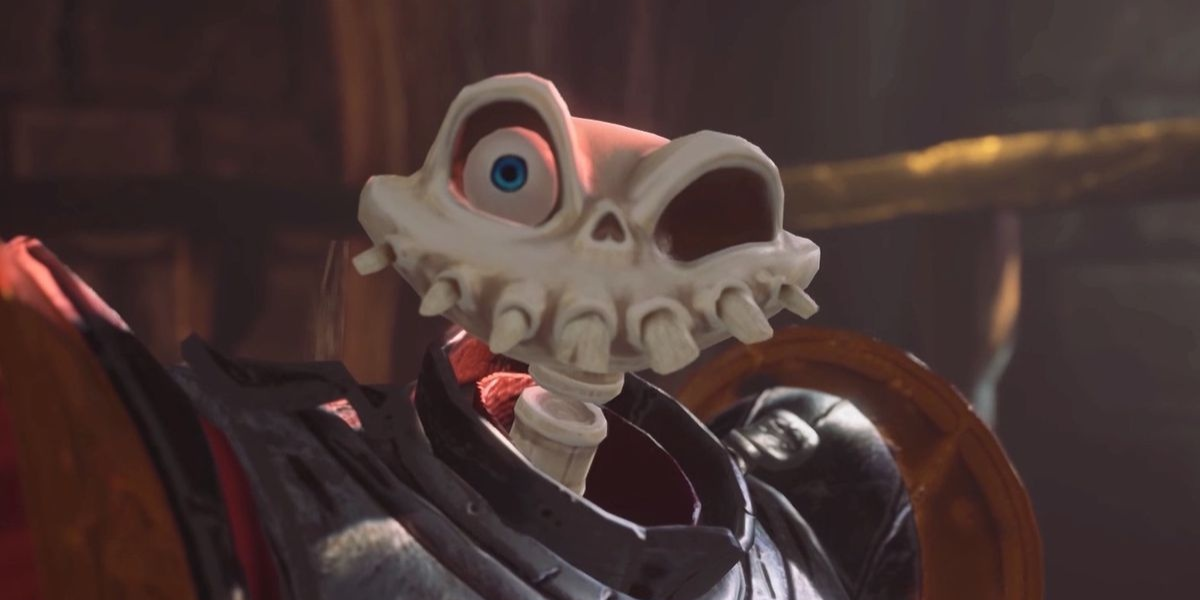
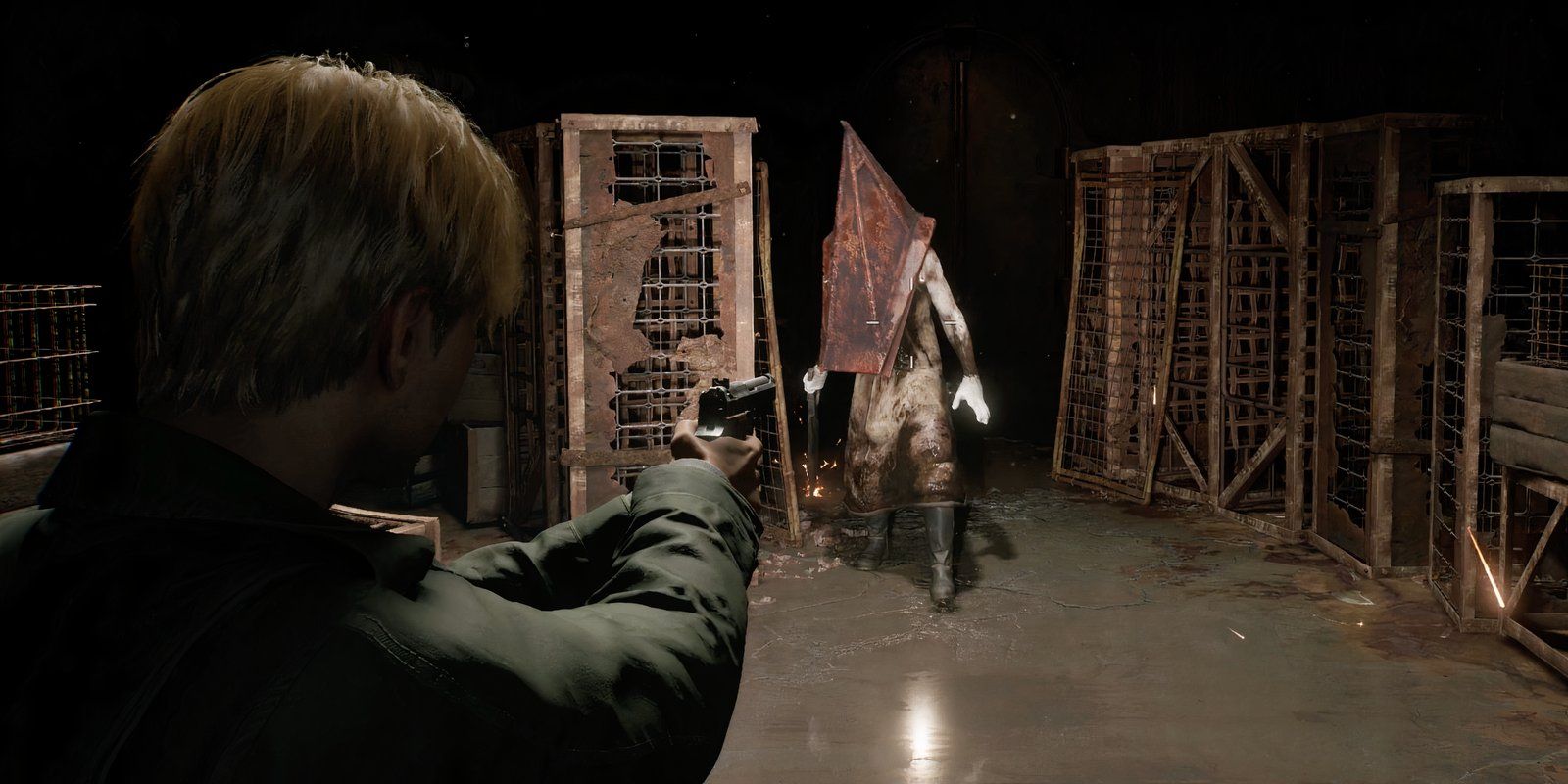

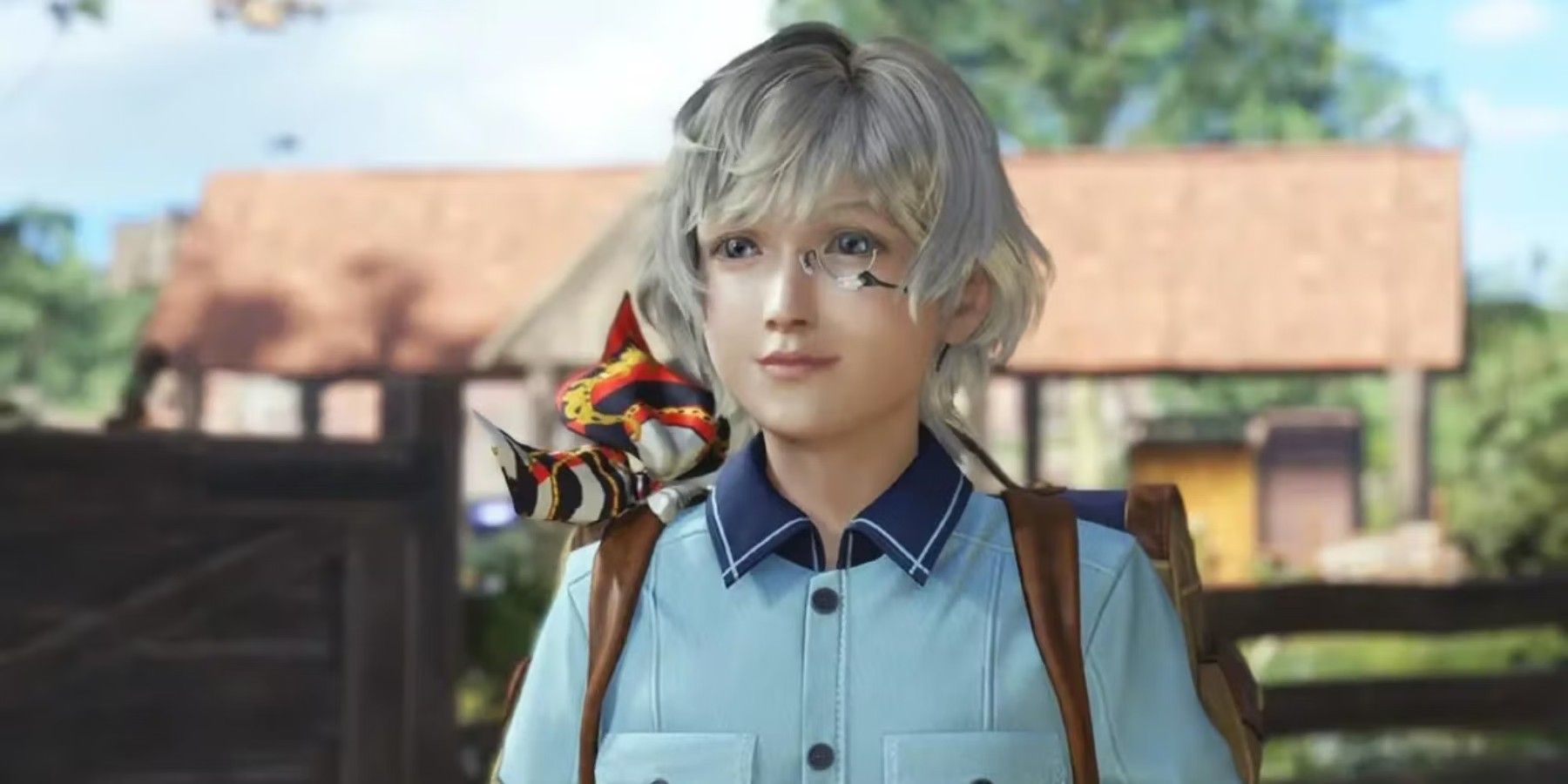




The games industry does need to work on actually preserving old games, perhaps in addition to remakes since those are still great, but it can be much harder to properly get an old game running on modern hardware than many would think. Emulation is great for this, but it also introduces its own unique quirks and difficulties. For one, it takes a lot of power to emulate a console, even more if the console is more complex, such as the PS3.
Even the best emulation software out there, such as those used in Nintendo’s online service, aren’t perfect. Players may remember that there were a lot of bugs with Ocarina of Time on Switch when it was first released there, and Paper Mario still has frame drops and lag in menus. This is part of why remakes are so popular; if it takes a full team of people to get a game to emulate properly, it might be more worthwhile to remake it instead.
There is another option, however, that does have better results even if it’s not wholly accurate to the original game: decompilations. Developers were terrible at keeping a game’s non-compiled code and assets around, so all a remaster may have to go on is what released to the public. It’s very difficult, but it is possible to reverse-engineer these games into something close enough to the uncompiled code.
It’s safe to say remakes aren’t going anywhere, but games should do better at allowing the remakes to exist directly alongside their originals. There are some remakes that do include the original game, or at least the option to swap over to its visual style with the press of a button, and those games are all the better for it. If games want to be taken more seriously as an art form, they need to learn to respect the original creators and their work better.
